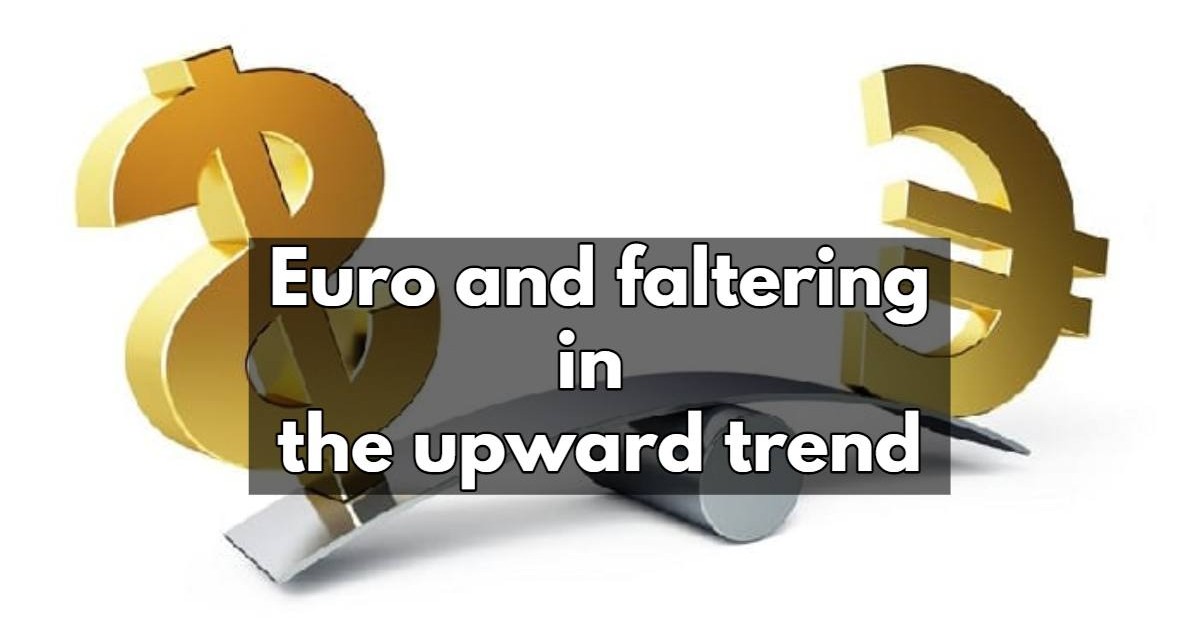Fed officials were hawks, and the USD index recovered its strength.
Last week we had central banks' meetings as well. ECB was the most hawkish bank among major central banks, with a 50 bps rate hike and signaling another 50 bps rate hike in the following meeting in March. BoE also raised the rates by 50 basis points, but in the statement and press conference, they were less hawkish and somehow cautious. FOMC members decided to raise the rates by smaller numbers, just 25 bps. The first reactions to these decisions were different from what we saw later. Fed officials later in their speeches and explanations on other days continued emphasizing their hawkish statements. These changes helped the USD to gain more and added pressure on Euro. Finally, last weekend with the EURUSD downtrend, this pair closed near 1.079 on Friday.
Inflation in Eurozone dropped to 8.5% year-on-year in January, down from 9.2% in December. That shows that despite being far from ECB's target, Eurozone inflation is still cooling. Decreasing inflation in Eurozone signals that the ECB's efforts to tame inflation bear fruit, but it is not enough. On the other hand, the main reason for reducing inflation is lower fuel costs, and Core CPI, which excludes food and energy prices, remained steady in January at 5.2%. Therefore it indicated that price pressures in the Eurozone remain high, and interest rates need to rise significantly to combat entrenched inflation.
Increasing interest rates can help the Euro to gain against its crosses, but at the same time will pressure the economy and, in the long term, again, will be to the detriment of the Euro.
While pressures on Euro itself continued through this week as well, and EURUSD continued its downtrend almost all the week, USD was getting stronger, especially with Fed officials' emphasis on the continuation of strict policies. The New York Fed President Williams, in an interview with The Wall Street Journal, said that there is still work to be done on rate hikes, but financial conditions look broadly in line with the likely outlook for monetary policy. He expects the target rates likely to be in the 5% to 5.25% range. In addition, Williams also said that given the economic uncertainties, the Federal Reserve might need to maintain restrictive rate policies for several years; Other Fed member Lisa Cook also said that further interest rate hikes are required to curb inflation. Another director, Waller, also expressed support for maintaining a tight monetary policy for a while. He believes that the labor force data in January will boost consumer spending, and inflation may see upward pressure in the short term. Most Fed members see economic growth slowing in the first quarter but likely to remain positive since the second quarter.
From a technical point of view, the H1 and H4 charts recently saw an uptrend ending, and we are in the natural zone. In the Daily chart and as you can see below, bears are trying to consolidate themselves below 20 DMA. If the currency pair start re-increasing, it may encounter resistance near 1.103. If the EUR/USD pair declines, it may find support at 1.05. Breaching under 1.05 will open the doors for much lower levels.


















